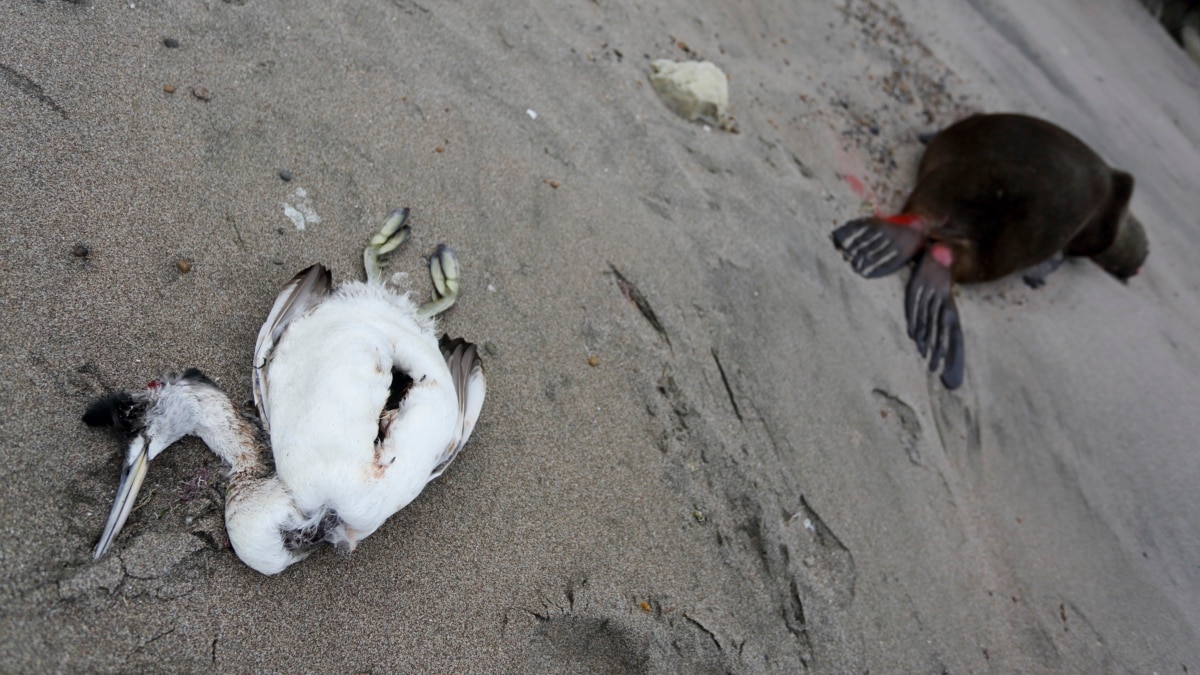Time: 2024-06-30
Researchers are working to understand why bird flu can be deadly for some animals and cause only mild illness in others. The virus, known as H5N1, has led to the deaths of millions of birds globally, with other animals like seals, cats, dogs, and cows also getting infected. The World Health Organization (WHO) reported nearly 900 human cases and 463 deaths from H5N1 since 2003, mostly due to direct contact with infected birds. The virus has not spread significantly among humans, with limited cases involving close contact.
Some experts believe the current strain of bird flu, first identified in 1959, may pose a threat to human populations. Over time, the H5N1 virus has mutated, leading to concerns about its potential impact on humans. Dr. Tom Frieden, a former CDC director, highlighted the uncertainties surrounding the ongoing outbreaks, stressing the need for preparedness. While the virus has not caused severe disease in humans or shown evidence of human-to-human transmission, health officials are developing vaccines as a precautionary measure.

In the United States, bird flu outbreaks have been reported in dairy cow farms and poultry groups, resulting in a few human infections. While most cases have been mild or asymptomatic, health officials are closely monitoring the situation. Worldwide, there have been 15 human infections linked to the current strain, with limited severe outcomes. Some experts speculate about existing immunity in humans due to previous infections or vaccinations, although a study suggested little to no immunity to this particular bird flu variant.
Experts are studying the potential for the H5N1 virus to cause a deadly pandemic, similar to past flu outbreaks that spread rapidly among animals and humans. Although many believe the current strain is unlikely to trigger a global pandemic, preparations are being made to address any escalation. U.S. health authorities are focusing on vaccine development while monitoring the situation closely. The need for vigilance and readiness remains crucial, given the unpredictable nature of influenza viruses and their potential to evolve.
In conclusion, the ongoing research and response efforts aim to better understand and control the spread of Avian influenza. With a focus on preparedness, surveillance, and vaccine development, health authorities are working to mitigate the risks associated with the H5N1 virus and protect public health. Continued monitoring, research, and cooperation are essential in addressing the challenges posed by the evolving nature of infectious diseases like bird flu.